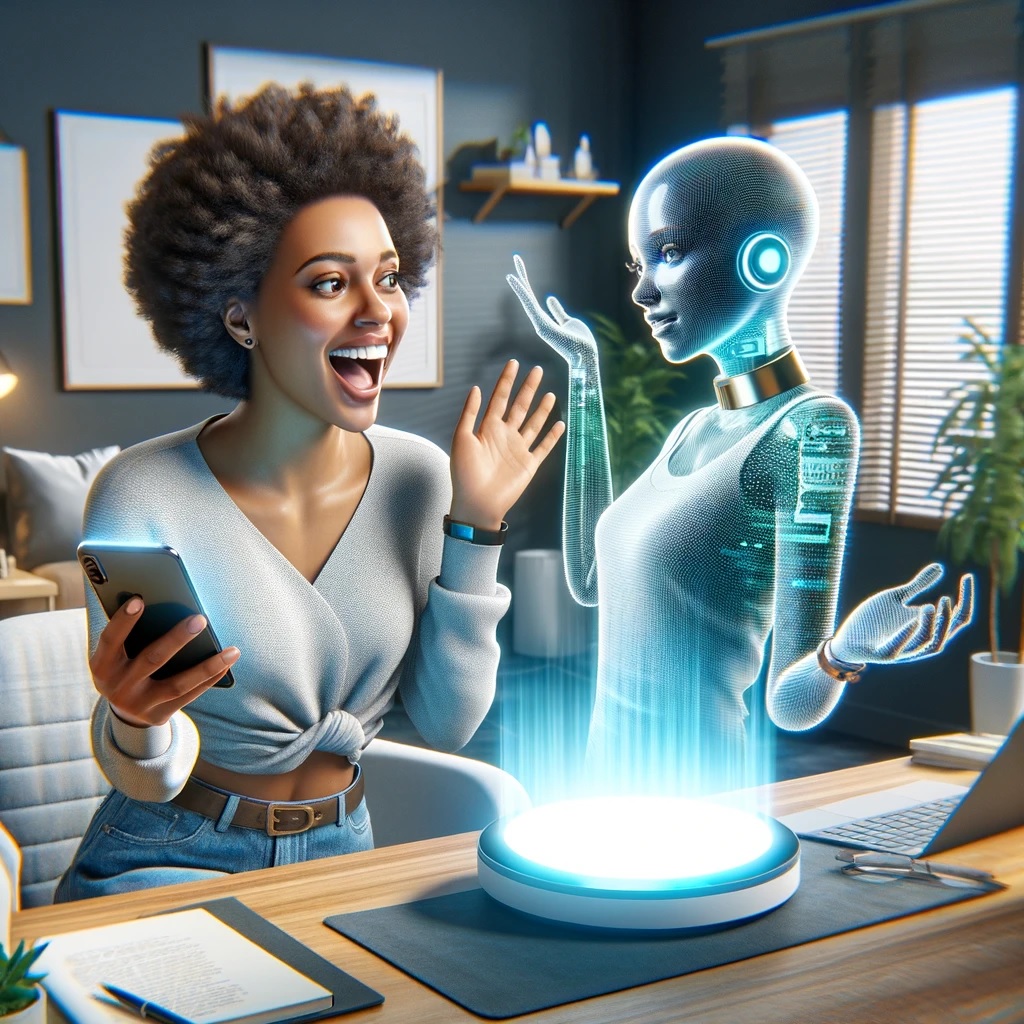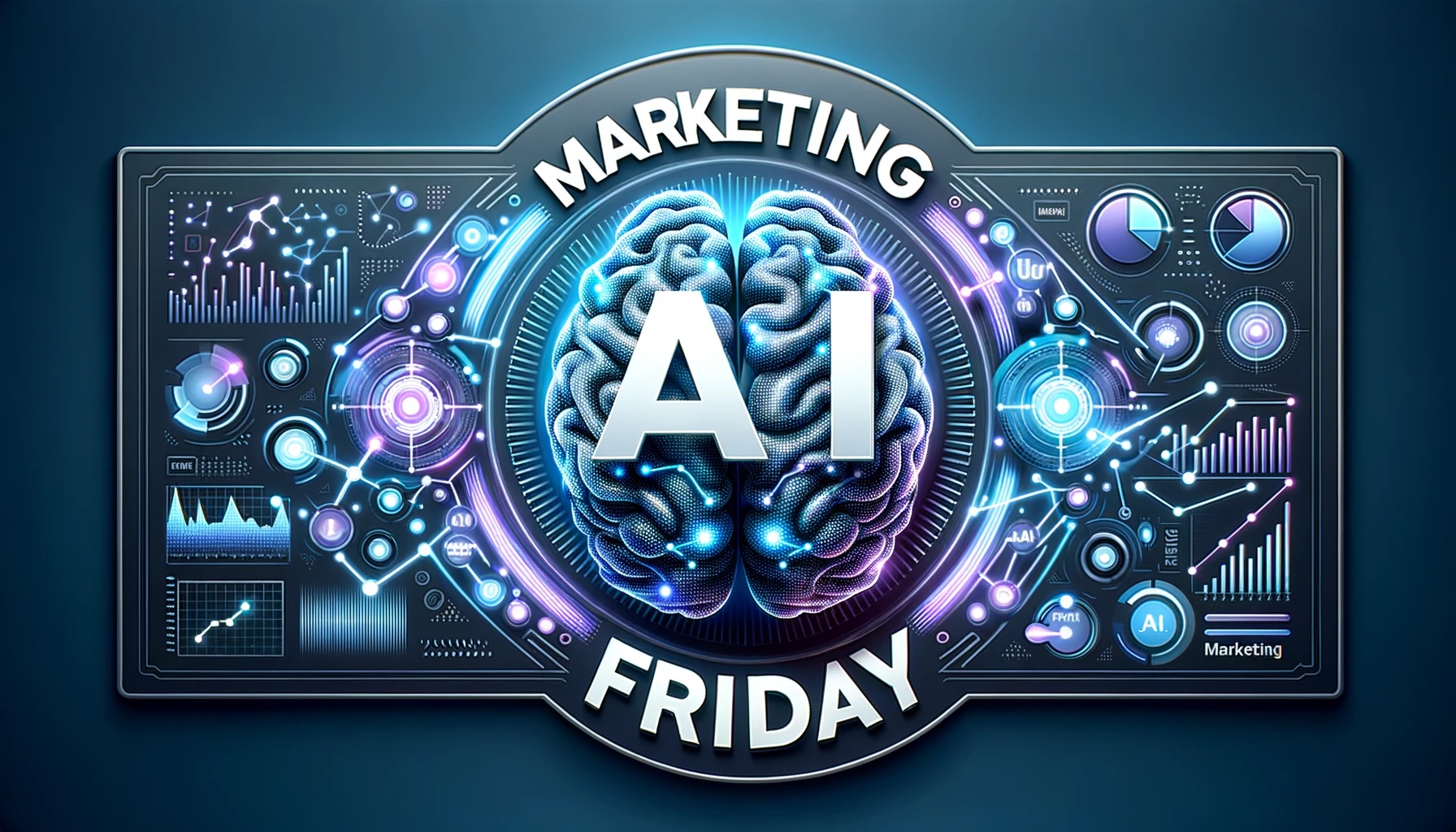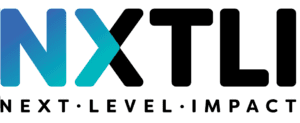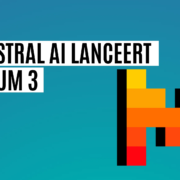The 5 Phases of AI Implementation in Marketing
In the ever-changing world of marketing, AI (Artificial Intelligence, although I prefer to call it IA; Intellente Assistant) is central to transforming day-to-day operational work such as content creation, customer interaction, analytics and strategies.
For any change, and especially one like it with this impact and magnitude, successful implementation hinges on the extent to which people in an organization know how to adapt their behavior and take responsibility.
An important first step is to become aware of the different phases in which an organization matures in applying AI. For this purpose, I have defined 5 phases and made a first sketch of what each phase looks like approximately.
Below I'll take you through these different phases, in which AI is scaling up within all marketing activities and our role and operations are also changing significantly with it.

Phase 1: Experimentation
In this phase, the marketer is responsible for all aspects of content strategy and execution such as content creation and promotion. This includes coming up with ideas, writing and formatting the content, selecting distribution channels, publishing the content and analyzing the results.
The work is still mostly done manually, which is labor-intensive and time-consuming. Marketers have complete control over their work and AI does not yet play a role in the beginning.
In this initial phase, one or a few individuals on the marketing team do begin to explore and experiment with AI applications in their daily tasks. This includes simple automations such as e.g. asking questions, writing (basic) texts, creating summaries, captions for social media posts, converting the audio of a podcast to written text etc.. The goal is to reduce somewhat simple and repetitive tasks, freeing up time for more strategic and creative work.
The role of LLMs (such as ChatGPT) in this phase is limited but essential. For example, they can be used to generate basic content or do analysis.
The few AI explorers in the company are becoming somewhat familiar with the capabilities of AI, laying the groundwork for more advanced applications in later phases.
Our role is this phase is not very different from before, except that we can get certain work done faster and easier:
- Experiments and first steps of implementation: People are responsible for starting to discover and initiate experiments with AI tools and implementing basic AI features, such as automated email marketing or social media management.
- Evaluation and feedback: Evaluate benefits and results of AI-driven tasks and provide feedback to improve the accuracy and relevance of AI results.
- Individual training and development: Learning the basics of AI technology and developing a mindset open to technological change and innovation. Starting to develop an AI-first mindset.
Phase 2: Deepening
In this phase, the ad hoc individual use of the "AI explorers" shifts to using AI more intensively and consistently as a team. This includes sharing knowledge and collaborating on the best AI solutions for the team.
Marketers are beginning to automate certain routine tasks. While this is not yet a full application of AI, it is an important step in that direction. For example, tools introduced at this stage can help plan social media posts, automate email campaigns or generate simple reports. This reduces manual effort and increases efficiency, but human involvement is still needed for strategic decision-making and more complex tasks. It also gives the marketer more time to focus on strategic thinking and creative work.
What does our role look like:
- Team-functional collaboration: Active collaboration within the marketing team to perform more and more work with AI.
- Strategic decision-making: Based on AI-driven insights, they make decisions about marketing strategies and customer segmentation.
- Data collection and analysis: Employees work together to collect and analyze data, using AI tools to gain insights.
- Team-oriented training and development: all team members will learn the basics of AI technology and develop an AI-first mindset that is open to technological change and innovation.
- There is an ongoing need for training and adaptation to new AI-driven processes and tools.
Phase 3: Integrate
The third phase marks a significant shift where the entire organization becomes involved in integrating AI. Machine learning, a core aspect of AI, enables systems to learn independently from data and experiences. This increases AI's ability to assist in more complex decision-making processes.
LLMs are becoming crucial here for generating insights and automating decision-making processes. For example, they can predict customer behavior or help identify the most effective marketing channels. This phase requires close collaboration between different departments to ensure that AI systems are well integrated into the organization.
What does our role look like:
- Cross-functional collaboration: All departments will work together to best integrate AI into the overall marketing and organizational strategy.
- Introduction of an AI steering committee: leaders from the various departments form an AI steering committee together to determine the direction of the organization with each other.
- System integration and management: Employees are responsible for integrating AI systems across the organization and managing the interaction between AI and human tasks.
- Advanced Analytics and Application: Employees will understand and apply advanced AI analytics to more complex marketing challenges.
- Organization-wide training and development: all colleagues will learn the basics of AI technology and develop an AI-first mindset that is open to technological change and innovation.
- There is an ongoing need for training and adaptation to new AI-driven processes and tools.
Stage 4: Autonomy
In phase four, systems are becoming increasingly autonomous. LLMs can now take on complex tasks such as automating content creation, promotion, customer service via chatbots or generating personalized marketing campaigns. This phase emphasizes accountability for both processes and results, with AI helping to drive marketing initiatives based on real-time data and feedback.
The autonomy achieved in this phase allows marketers to focus on the most strategic aspects of their work, while AI ensures operational efficiency and effectiveness.
What does our role look like:
- Supervision and control: Employees oversee autonomous AI systems, maintaining control over key decision-making processes.
- Creative and strategic input: Human creativity and strategic thinking remain essential, especially in developing marketing strategies that complement and reinforce AI recommendations.
- Innovation and Development: Driving innovation and developing new ways to leverage AI functionalities.
- Organization-wide training and development: There is an ongoing need for training and adaptation to new AI-driven processes and tools.
Phase 5: Optimize
In the final stage, AI systems, including LLMs, are fully integrated and play a central role in all marketing activities. Everyone in the organization bears responsibility for continuous improvement and innovation. LLMs support strategic decision-making and help continuously optimize all marketing activities.
What does our role look like:
- Strategic leadership and innovation: Employees assume the role of strategic leadership, focusing on innovation and setting the long-term vision of the marketing strategy.
- AI collaboration and management: The focus is on collaborating with AI, managing advanced systems and ensuring that AI seamlessly aligns with business goals.
- Continuous improvement and adaptation: everyone is involved in continuous improvement and adaptation of AI systems to ensure maximum efficiency and effectiveness.
At each stage, our role evolves, from initiating and guiding AI implementations to strategically managing and innovating advanced AI systems. I believe that people play a critical role in ensuring the alignment of AI with business strategies and goals.
The integration of AI into marketing, provides an experimental and challenging path for organizations to grow and innovate. This journey, from automating basic tasks to achieving a culture of continuous improvement, allows us to push the boundaries of all marketing activities and customer interactions to become increasingly personalized and relevant. Each stage of this journey brings new challenges and opportunities, but if we take a structured approach, organizations can begin to harness the full potential of AI in marketing.
The first step to an AI-first mindset
Where to start. What helped me to start actively using AI is to choose something that I did often, that took a fair amount of time, and for which I wanted to start experimenting with AI to see if it could be done differently.
I chose to no longer use Google as my starting point for anything I wanted to look up, but rather ChatGPT. This was a successful experiment for me, which is why I now use ChatGPT by default as the first one to get a question answered.
This then progressed incrementally to numerous other applications where various AI tools have become the starting point for me and with these I train myself every day on an AI-first mindset. With that now comes the speech feature additionally.
Good luck with your discoveries in AI! We look forward to hearing about your experiences.
Take a leap forward in your marketing AI transformation every week
Every Friday, we bring you the latest insights, news and real-world examples on the impact of AI in the marketing world. Whether you want to improve your marketing efficiency, increase customer engagement, sharpen your marketing strategy or digitally transform your business, "Marketing AI Friday" is your weekly guide.
Sign up for Marketing AI Friday for free.









